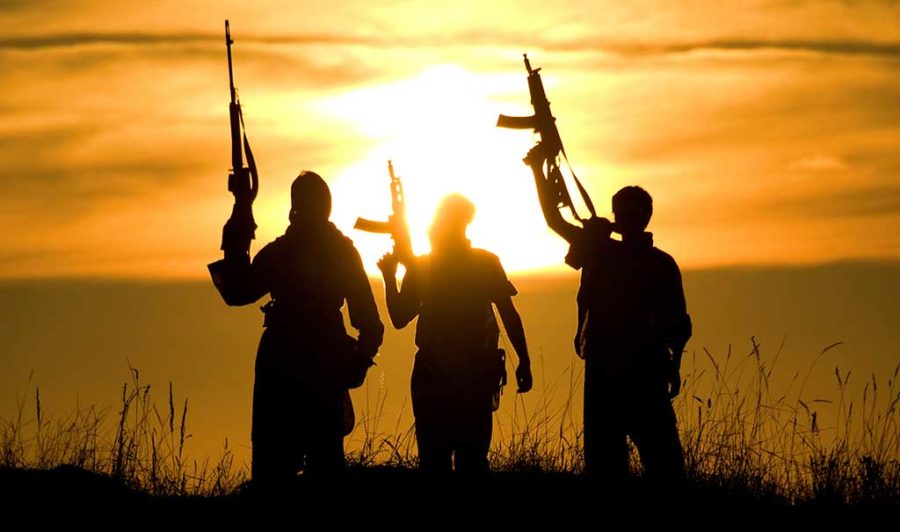At 33, conflicts in the world last year increased by one compared to 2012. This is reported by peace researchers at Uppsala University’s Conflict Data Program. The number has remained stable over the past decade. 2012 saw an increase in the number of battle-related deaths with the number of casualties in Syria completely overshadowing any other ongoing conflict. In 2012, two out of five people dying in battles, died in Syria.
The new dataset is described by peace researchers at Uppsala University’s Conflict Data Program (UCDP) in an article which will soon be published in the Journal of Peace Research. In 2013, there were 33 active conflicts in the world, causing at least 25 battle-related deaths. The number of active conflicts in the world has remained relatively stable over the past ten years, fluctuating between 31 and 37. Compared to the period right after the end of the Cold War, where more than 50 conflicts were active, armed conflicts have declined by almost 40 percent. Conflicts claiming more than 1,000 lives, defined as wars, have declined by more than 50 percent, from 15 in the early 1990s to seven in 2013.
The total number of people killed in armed conflicts varies dramatically from one year to the next, and is dominated by some very intense wars. Syria is an obvious example.
– It is mostly the war in Syria that drives the high number of deaths in 2012, says UCDP project leader Lotta Themnér. Not since the end of the interstate war between Eritrea and Ethiopia in 1999-2001 have we seen a conflict this bloody.
From 2005 and onwards, there was a slow but steady increase in battle-deaths, and the worst conflicts are driving this trend. In 2012, the estimated 14 700 casualties in Syria accounted for 40 percent of the total number just short of 38 000. In 2013, the Uppsala Conflict Data Program has, for the very first time, refrained from publishing any numbers on the number of casualties, due to the shortage of reliable information.
A piece of optimistic news is that there were six peace agreements signed in 2013, which was two more than the previous year.
– The international community has not been able to reduce the prevalence of armed conflict further says Peter Wallensteen, Program Director of UCDP. This partly relates to the disagreements between the West and Russia on some key conflicts. However, the pattern also suggest that there is cooperation in some conflicts, contributing to peace agreements.


